NCI’s Outstanding Investigator Award supports accomplished leaders in cancer research, who are providing significant contributions toward understanding cancer and developing applications that may lead to a breakthrough in biomedical, behavioral, or clinical cancer research. Below are profiles of the most recent NCI Outstanding Investigator Award recipients.
2024 | 2023 | 2022 | 2021 | 2020 | 2019
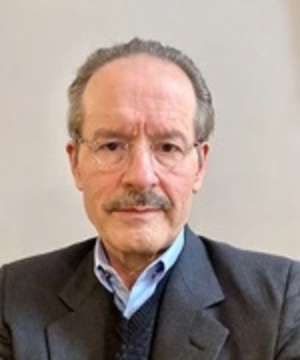
Lewis C. Cantley, Ph.D.
Title: Professor of Cell Biology, Harvard Medical School
Institution: Dana-Farber Cancer Institute
Research: The Cantley Lab focuses on the molecular mechanism by which mutational events in cancers lead to activation of the phosphoinositide 3-kinases (PI3K) pathway and activation of downstream protein-Ser/Thr kinases that ultimately enhance glucose uptake and anabolic networks necessary for tumor cell growth. The focus of the proposed research is to utilize software developed during the previous funding period to determine what protein kinases are likely to be driving the growth of cancers based on changes in phosphorylation in malignant tissue compared to normal tissue and use this information to identify new targets for pharmaceutical intervention to treat cancer.

Bob Coffey, M.D.
Title: Professor of Medicine, Division of Gastroenterology, Co-Director Epithelial Biology Center, Ingram Professor of Cancer Research, Professor of Cell and Developmental Biology
Institution: Vanderbilt University Medical Center
Research: The Coffey lab has made seminal advances related to early and late events in colorectal neoplasia, using cutting-edge technologies and uncovering paradigm-shifting concepts. The lab has discovered a four-gene immune-exclusion (IEX) score in microsatellite stable CRC that impacts clinical outcome. Three of the genes encode secreted proteins (DDR1, TGFBi, DPEP1) that may be responsible for IEX and therapeutically tractable. The first two are enriched in supermeres, an amembranous nanoparticle his lab discovered, and the last in small extracellular vesicles. Now, the Coffey Lab proposes mechanistic studies to determine the function of these proteins in promoting tumorigenesis, develop them as liquid biomarkers, and introduce novel strategies to introduce inhibitors to them in the clinic. Using an unbiased novel NSC-seq platform, his lab has identified a new population of quiescent stem cells.
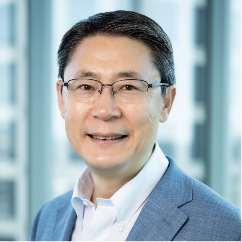
Jinming Gao, Ph.D.
Title: Professor of Biomedical Engineering, Cell Biology, Otolaryngology, and Pharmacology
Institution: UT Southwestern Medical Center
Research: The Gao Lab aims to study stimulator of interferon genes (STING), an endoplasmic reticulum-associated signaling protein that is essential for transcriptional regulation of numerous host defense genes against malignant cells. The lab proposes to integrate four areas of research to harness this important natural defense mechanism and innovate a safe and efficacious STING targeted therapy for immune-resistant cancers. Through a bench-to-clinic and back-to-bench approach, the goal is to identify and overcome existing biological and technological barriers impeding clinical progress, and ultimately apply these insights to establish a successful STING-targeted therapy in cancer patients unresponsive to current treatments.
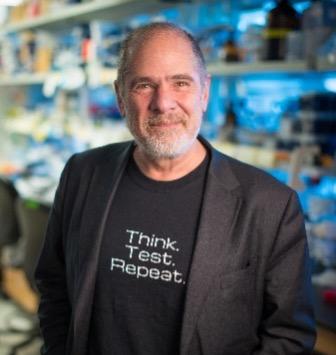
Douglas R. Green, Ph.D.
Title: Chair, Immunology Department, Co-Leader, Cancer Biology Program, Peter C. Doherty Endowed Chair of Immunology, St. Jude Children’s Research Hospital
Institution: St. Jude Children’s Research Hospital
Research: Dr. Green’s lab works to understand the core pathways of regulated cell death and how they are controlled at the molecular level. The lab continues to further explore the mechanisms and consequences of cell survival in apoptosis/necroptosis and regulation of necroptosis in relation to cellular physiology and develop tools to probe its activation. Surviving necroptosis involves repairing membrane damage inflicted by the necroptosis process and reversing the activation of its executioner. While the understanding of the core pathways of cell death have led to one approved cancer therapeutic, the Green Lab’s continued “life and death” efforts set the stage for future success in this critical arena.
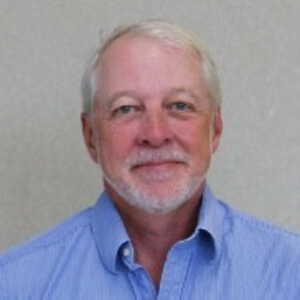
Paul F. Lambert, Ph.D.
Title: Howard M. Temin Professor in Human Cancer Virology, Roswell K. Boutwell Professor of Oncology, Chair of Oncology, Director of McArdle Laboratory for Cancer Research
Institution: University of Wisconsin-Madison
Research: Human papillomaviruses (HPVs) cause approximately 5% of all human cancers and is one of the most common sexually transmitted pathogens. The Lambert Lab studies how papillomaviruses (PV) evade host immunity to establish persistent infections that lead to cancer and contributes to resistance to immunotherapy using a mouse papillomavirus (MmuPV1) that has been demonstrated to induce the same range of cancers caused by HPVs. The project will explore understanding the role of host immunity in PV pathogenesis; characterizing MmuPV1-induced cancers and their relevance to HPV-related cancer; and defining the interplay between the microbiome and PV-induced disease using the aforementioned MmuPV1 infection mouse model in addition to a new generation of HPV16 transgenic mice wherein viral oncogenes are regulated in their expression both temporally and in a tissue specific manner to better reflect natural setting in humans.
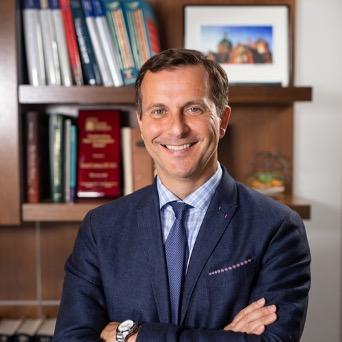
Maciej S. Lesniak, M.D.
Title: Michael J. Marchese Professor and Chairman, Department of Neurological Surgery
Institution: Northwestern University at Chicago
Research: Brain cancer remains a devastating disease and brain metastases (BM) from breast cancer represent the leading cause of fatality for women. A major hindrance to significant clinical benefit for BM is the poor permeability of monoclonal antibodies (i.e. trastuzumab) across the blood brain barrier (BBB), resulting in surgical resection and radiation therapies as the first line therapeutic options. This project seeks to understand the fundamental biology of HER2+ breast cancer metastases to the brain via patient tissue-based genetic dissection of risk factors, advance real-time of visualization of cancer cells and neural stem cells (NSCs) targeting HER2+ BM, and the application of targeted NSC delivery of trastuzumab analogs to suppress the growth of HER2+ BM.
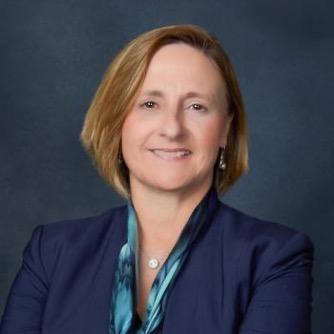
Crystal Mackall, M.D.
Title: Ernest and Amelia Gallo Family Professor, Professor of Pediatrics and of Medicine
Institution: Stanford University
Research: Since the 1990s, pediatric oncology has made sustained strides in understanding the biology that drives children’s cancers. Despite these gains, approximately 20% of children diagnosed with cancer today are not cured with current standard regimens and cancer remains the leading cause of disease related death in children in the U.S. Nearly all current standard treatments are cytotoxic regimens, which are associated with shortened lifespans, high rates of severe late effects and second malignancies and diminished quality of life. The Mackall Lab will build upon their deep understanding of fundamental cellular and molecular immunology and recent progress in defining mechanisms of immune evasion and resistance to current immunotherapies by leveraging emerging synthetic biology and protein engineering platforms to create next generation immunotherapies for children’s cancer that manifest enhanced safety and potency and potentially enhance access to patients.
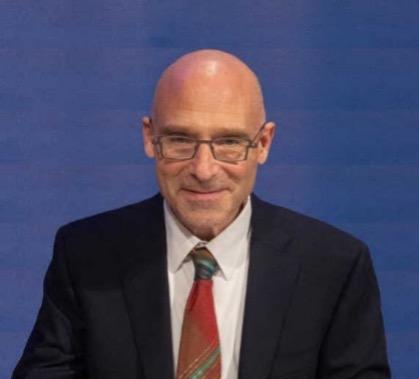
David Pellman, M.D.
Title: Margaret M. Dyson Professor of Pediatric Oncology, Dana-Farber Cancer Institute and Boston Children’s Hospital, Professor of Cell Biology, Harvard Medical School, Howard Hughes Medical Institute Investigator
Institution: Dana-Farber Cancer Institute
Research: Cancer genomes are shaped by mutation and chromosome rearrangement. Understanding mutational processes driving these alterations can advance our understanding of how cancer develops. The Pellman Lab aims to identify the mechanism of catastrophic mutational processes that drive very rapid evolution of cancer genomes. Previously they identified the general mechanism of chromothripsis, which involves massive chromosome rearrangement of only one or a few chromosomes and occurs within a single cell division. Despite this recent progress, many fundamental questions about the mechanism of chromothripsis and similar processes remain unclear. Now they will use imaging and single cell genomics methods to study the mechanism of chromosome shattering during chromothripsis, the role of 53BP1 bodies in genome protection and transcriptional regulation, and the mechanism of a mutational process called chromoplexy.

Anjana Rao, Ph.D.
Title: Professor
Institution: La Jolla Institute for Immunology and University of California San Diego
Research: Clonal hematopoiesis (CH) is a premalignant condition that is strongly associated with aging, inflammation, cardiovascular disease and mortality from all causes. The three proteins most frequently mutated in CH are TET2, DNMT3A, and ASXL1. Dr. Rao and her team will test the hypothesis that mutations in all three proteins are linked to reduced levels of DNA or H3K9 methylation. The team will also test the hypothesis that a fourth protein, OGT, links TET2 and ASXL1. These studies could illuminate the mechanistically elusive connections between DNA and H3K9 methylation, cancer, inflammation and aging, and could improve our understanding of heterochromatin, a compartment of the genome that is poorly understood.

Jeremy N. Rich, M.D., M.H.S., M.B.A.
Title: Deputy Director for Research and Chief Scientific Officer, Lineberger Cancer Center
Institution: University of North Carolina
Research: Glioblastoma represents one of the deadliest types of cancers. Despite extensive molecular characterization, precision medicine efforts have largely failed for glioblastoma therapy, suggesting that these complex tumors are resilient ecosystems that overcome singular therapeutic approaches. In addition, aging is strongly associated with increased incidence and mortality of most cancers, including glioblastoma. However, the cellular and molecular mechanisms by which aging promotes tumor initiation and progression in the brain remain poorly understood. The Rich Laboratory will leverage insights from aging in the nervous system and the molecular circuitry of cancer stem cells to understand how aging promotes tumor growth through cell autonomous mechanisms and interactions with the microenvironment.
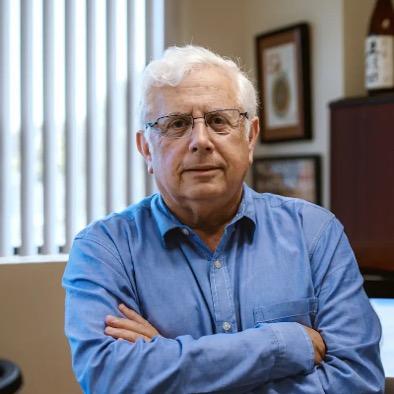
Ze’ev A. Ronai, Ph.D.
Title: Director, Translational Research Institute, Cedars Sinai Medical Center
Institution: Cedars Sinai Medical Center
Research: Dr. Ronai and his team will focus on novel mechanisms underlying control of key unfolded protein response (UPR) components that impact melanoma metastasis in aged rather than young mice by tumor-intrinsic mechanisms (NRF2, ATF4) implicated in resistance or sensitivity to therapy, and tumor-extrinsic mechanisms that define intestinal microbiota composition and impact anti-tumor immunity. The team will aim to study these processes during aging, which provide opportunity to study melanoma metastasis, thus offering novel paradigms to address fundamental unanswered questions in cancer biology.
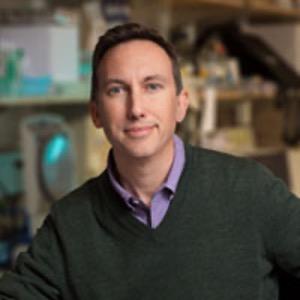
Reuben Shaw, Ph.D.
Title: Professor, Molecular and Cell Biology Laboratory, William R. Brody Chair
Institution: Salk Institute for Biological Studies
Research: The Shaw Lab research is aimed to decode a biochemical pathway all cells use under starvation conditions, which is frequently deregulated in cancer. This starvation pathway contains a gene called LKB1 that is mutated in about 20% of lung cancers, for which there are limited effective treatment options available. By studying normal functions of the starvation pathway in growth limitation and metabolic preservation, new therapeutic targets for treating this common form of lung cancer will be identified and experimentally tested.
